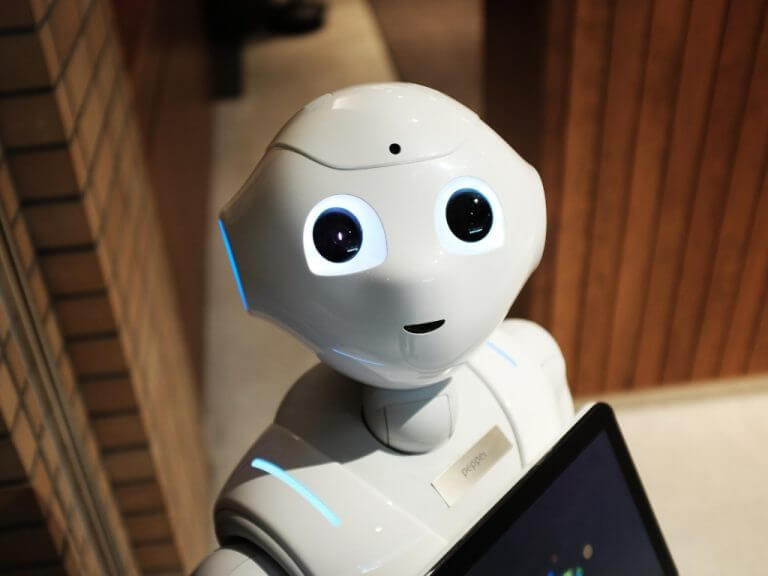A recent photograph featuring Pope Francis donning a thick puffer jacket and sunglasses generated significant traction across social media, captivating scores of users. However, it was later revealed that the image was fraudulent and had been created using the Midjourney AI tool.
This Pope Francis reminds me of my senior 4✨???????????? pic.twitter.com/T1Z3xHNwJn
— NBA ???? is my game ✨???? (@Royce_Booker) March 26, 2023
The burgeoning popularity and improved efficiency of artificial intelligence image-generators are undeniable. Nevertheless, one significant shortcoming of this technology is its incapability to create human hands that accurately mimic real-life counterparts. The training data sets for the AI-led image generation often capture fragments of the hand, resulting in fictitious images depicting hands with excessively large or bulbous fingers or unnaturally elongated wrists that are easily identifiable as AI-generated.
However, towards the middle of March, Midjourney released an updated software that appeared to have successfully solved the issue, as the tool now enables artists to create images with impeccably crafted hands. Nevertheless, this particular enhancement has led to a major predicament. Recently, the company’s enhanced software was used to generate counterfeit images of former President Donald Trump being apprehended, which were so convincing that they disseminated widely on various platforms, signifying the potential consequences of the technology.
The latest update, which appears harmless, is, in fact, a blessing in guise for artists who rely on AI-generated images to create lifelike art. However, this development has caused a significant controversy regarding the risk posed by indistinguishable computer-generated content versus authentic images. Some experts believe that hyper-realistic AI will render artists obsolete, while others argue that seamless graphics will make deep fake campaigns more convincing without the usual tell-tale signs of manipulation.
Recently, Microsoft launched the Bing Image Creator, an AI-driven tool designed to produce images on the Bing browser. The tool integrates the advanced deep learning model of OpenAI’s DALL-E and facilitates the creation of pictures according to personal preferences. Furthermore, the AI bot can be instructed in diverse languages, and Microsoft plans on adding more languages soon.
However, despite its impeccable features, the tool faces the challenge of producing distinguishable AI-generated images. It will be intriguing to observe whether Microsoft addresses this issue and resolves it successfully in the future.


